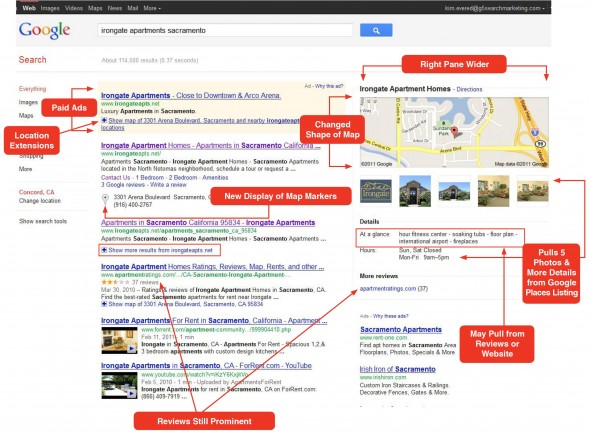Molecular Beacon Probes are the Present-Day Research Component
— February 19, 2016Molecular beacon probes are a preferred method for mutation detection.
Cardiovascular disease and neural tube defects are correlated to point mutations that occur in the MTHFR gene. By applying a molecular beacon probe, the process enables a semi-automated, and accurate, mutation detection system that allows researchers to take an in-depth look into the systemic issues at hand.
Molecular beacon probes are oligonucleotides that fluoresce upon its’ hybridization. Not until routine detection systems became time-consuming and labor-intensive did molecular beacon probes become the preferred method. Moreover, these procedures are performed in a “closed” environmental system to avoid any cross contamination. These probes have become an integral component in nucleic acid research.
Analysis
Fluorescent label techniques allow for researchers to perform mutation analysis’ in a matter of hours. The present method that is currently used, a closed-tube assay, makes it easy for samples to be analyzed without the use of gel electrophoresis and analyzing restriction enzymes. This method also has the risk of carryover contamination and generates varying data. By eliminating the risk of contamination and the generation of false data, proper diagnosis’ can be administered to the researchers for further treatment.
Utilizing molecular beacon probes enables the establishment of large-scale studies due to its high throughput. Additionally, molecular beacons can be applied to any type of mutations, which makes it extremely versatile. Multiple molecular beacons can also be used to aim at different targets to enable simultaneous mutation detection. Coupled with different fluorophores, the number of investigations that can occur at once are under no limitations. These advancements are all pointing toward a bright future for these molecular beacons.
The Midland Certified Reagent Company has over 35 years of experience dealing with oligos used for oligo synthesis processes, analytical procedures, and more.



